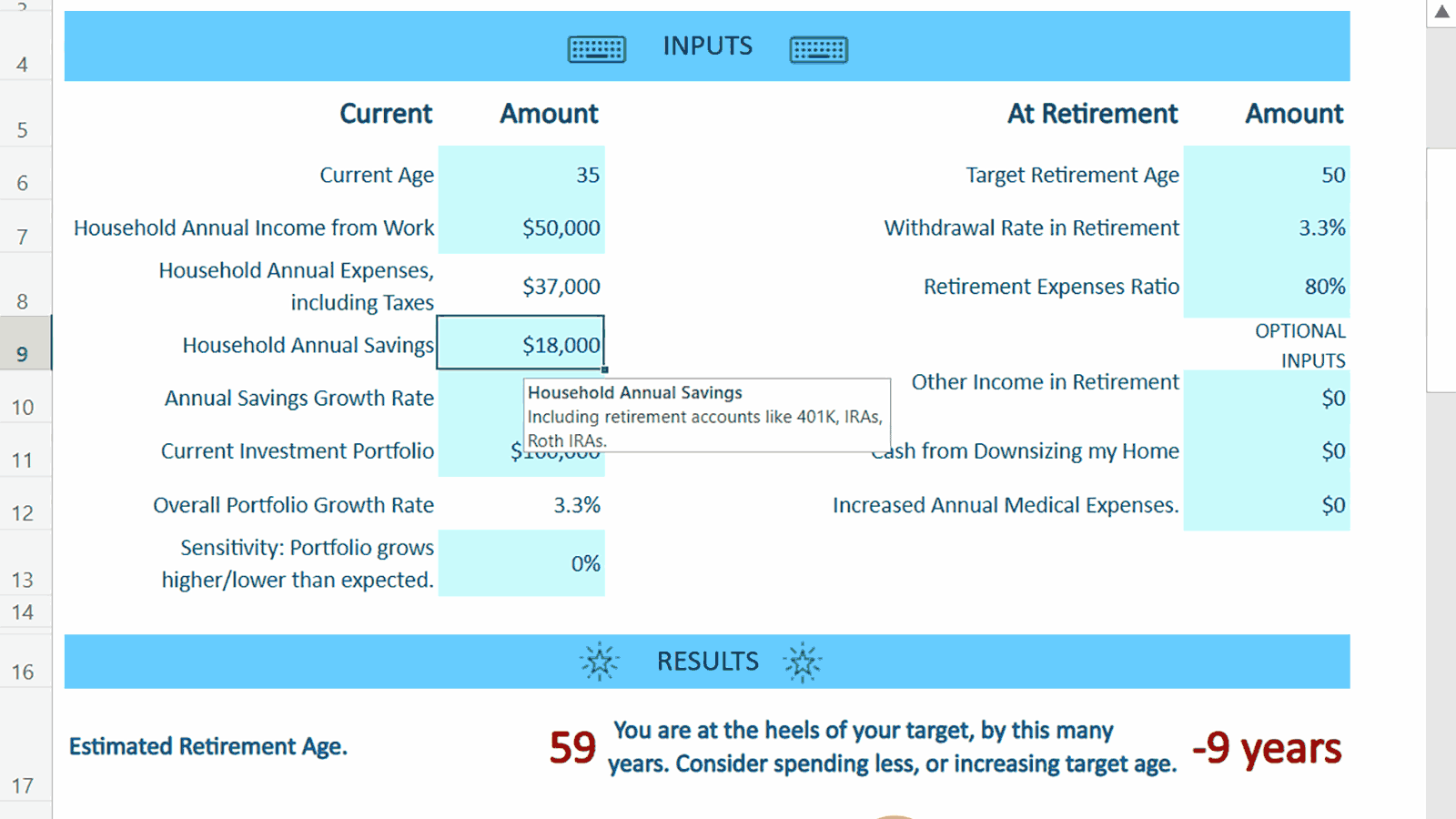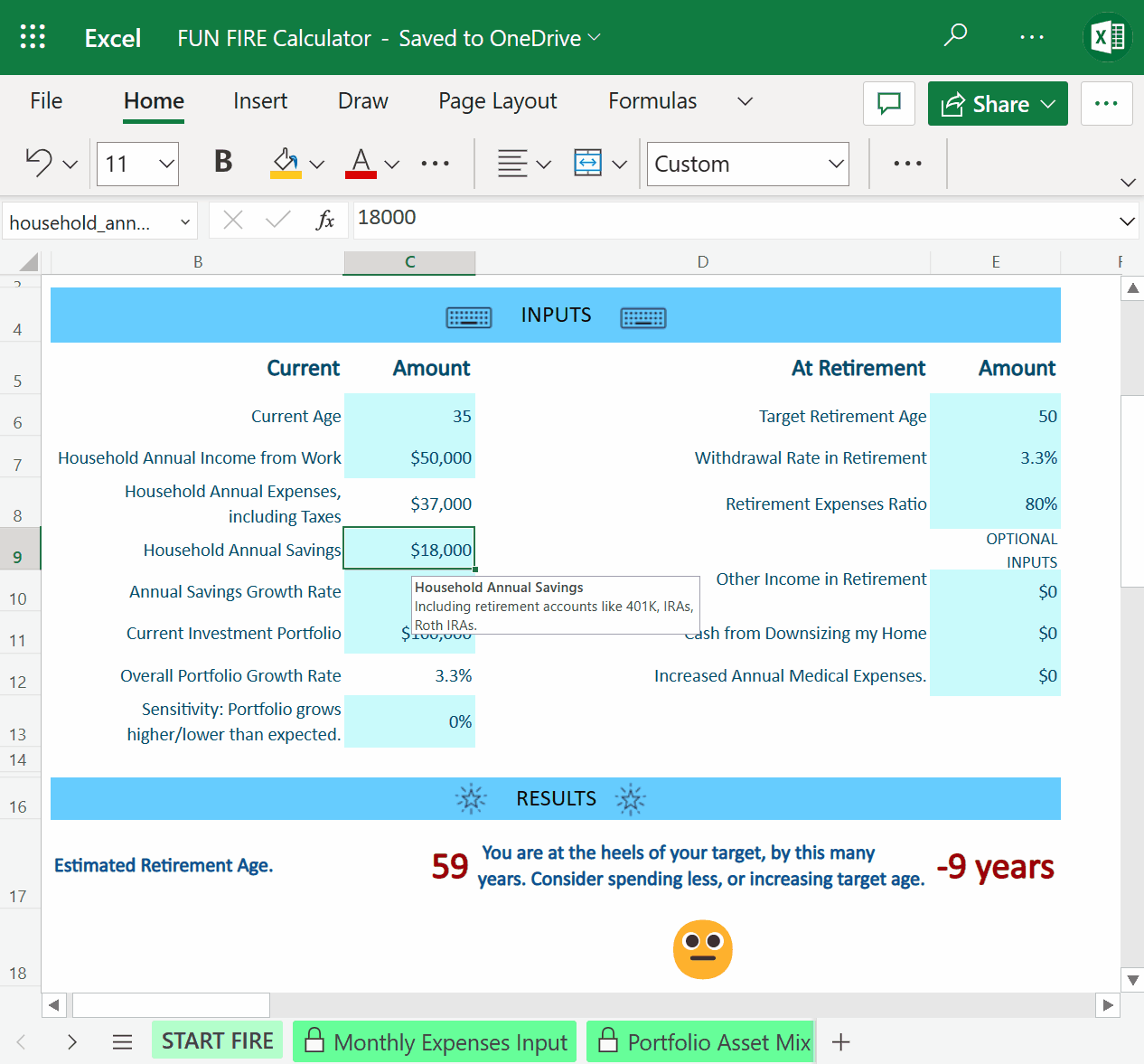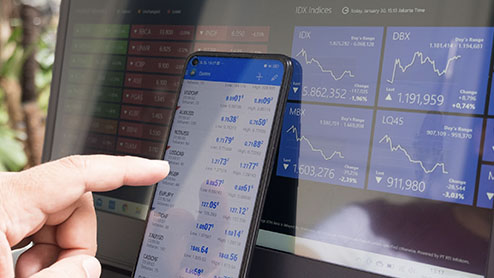Can you afford to retire early?
The Financial Independence Retire Early (FIRE) movement is growing in popularity, but leaving the workforce early has long been a popular goal for savings-minded professionals. Is it right—or possible—for you? See how your financial planning can ensure financial independence in your golden years (and sooner).

What is considered early retirement, really?
The prevailing rule-of-thumb for workers in the U.S. is that the age of retirement is 65 (and that’s not necessarily based on anything to do with private- or government-backed retirement program distributions). That means retiring at any age under 65 would technically be retiring early.
Retirement benefit distributions are planned around full retirement age—and that age is different depending on profession, plan type, year of birth, and more. The age 65 remains the youngest commonly available full retirement age benchmark.

Early retirement through the lens of private account distribution rules
The fun part of retirement planning is thinking of what to do with all that time once you’re free from a 9-to-5. But first, you have to understand how retirement disbursements work and other benefits work, and crunch some numbers to figure out how much you’ll need to live on before and after yours begin.
For workers in the U.S., tax code and Social Security laws provide a list of key age-related retirement account distribution checkpoints for employer-sponsored retirement plans.i While not the most interesting facts and figures, they’re key to understanding your retirement income options:
- 50: Public-safety employees can take disbursements from government-defined plans starting at age 50 without early distribution tax.
- 55: Employees who leave an employer at age 55 or older can take disbursements from a qualified plan without early distribution tax.
- 59-and-a-half: Distributions can be taken from qualified plans without early distribution tax.
- 62: Pension plans can pay benefits even if the employee hasn’t left service.
- 65: At this age, unless elected otherwise, benefits from qualified plans must start within 60 days of the most recent plan year in which the employee:
- Turns 65 or the plan’s designated retirement age
- Has participated in the plan for 10 years
- Leaves their employer
- 70-and-a-half: Required minimum distributions must be made by the April 1 following reaching this age.
- 72: Those who turn 70-and-a-half after 2020 may delay required minimum distribution until age 72.

Early retirement based on Social Security retirement age rules
It’s possible to receive Social Security retirement benefits at a reduced rate before full retirement age. Otherwise, your full retirement distribution and full retirement age are based upon the year in which you were born:ii
| Year | Age |
|---|---|
| 1943 to 1954 | 66 |
| 1955 | 66 and 2 months |
| 1956 | 66 and 4 months |
| 1957 | 66 and 6 months |
| 1958 | 66 and 8 months |
| 1959 | 66 and 10 months |
| 1960 and later | 67 |
What to include in your early retirement budget
Even if you’re trying to forge a path for yourself outside of the usual age-based retirement savings benchmarks, they can still be very useful reference points. And you don’t have to do all this math by hand—there are plenty of budget calculators you can turn to for guidance. In general, these tools will incorporate important financial details for you, like these:
- Housing (and utilities, and insurance, and taxes)
- Health care (including private insurance and Medicare premiums)
- City, county, state, and/or federal taxes
- Food
- Entertainment and hobbies
- Travel
- Outstanding debt
- An emergency fund
Knowing whether you can retire early or not hinges on planning. Use our Excel FIRE Calculator to try out different savings scenarios and figure out how much you need to cut back, save, and earn to hit your target early retirement age.
No matter why you’re interested in financial independence or retiring before 65, it pays to start your planning early. Use a retirement budget calculator to do the hard part. Then you can focus on planning that retirement party.
Get started with Microsoft 365
It’s the Office you know, plus the tools to help you work better together, so you can get more done—anytime, anywhere.
Learn more














